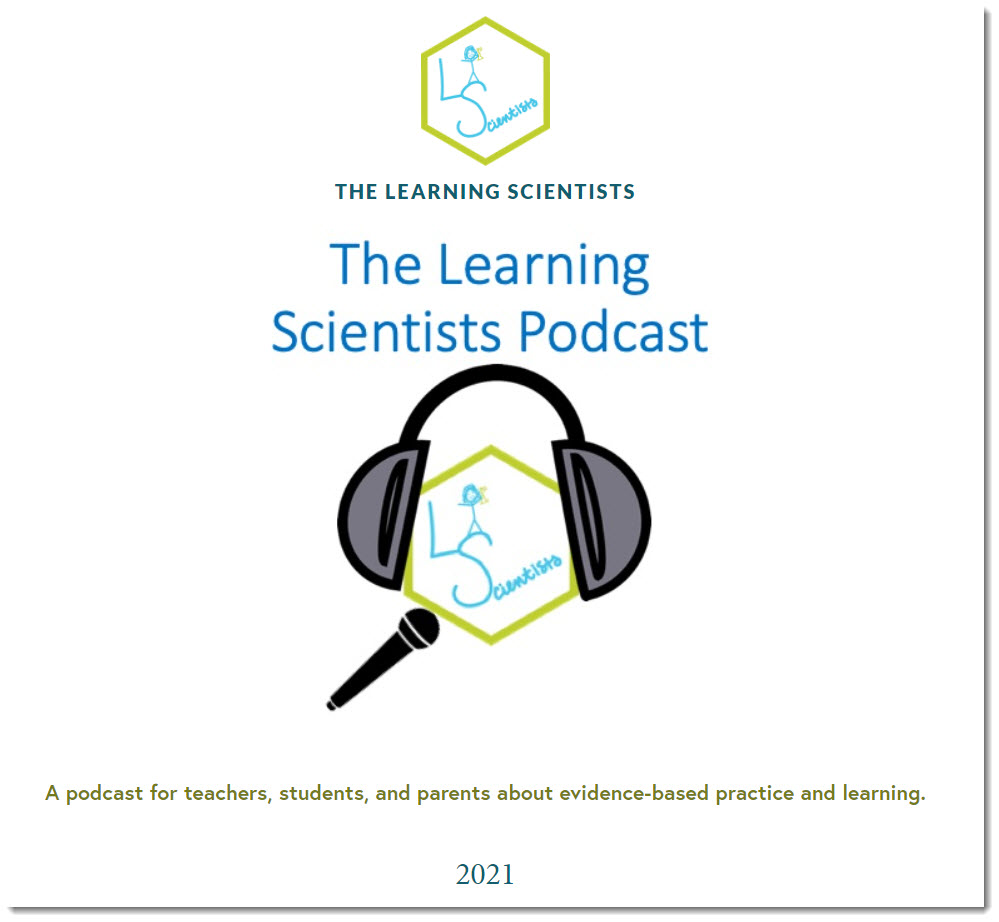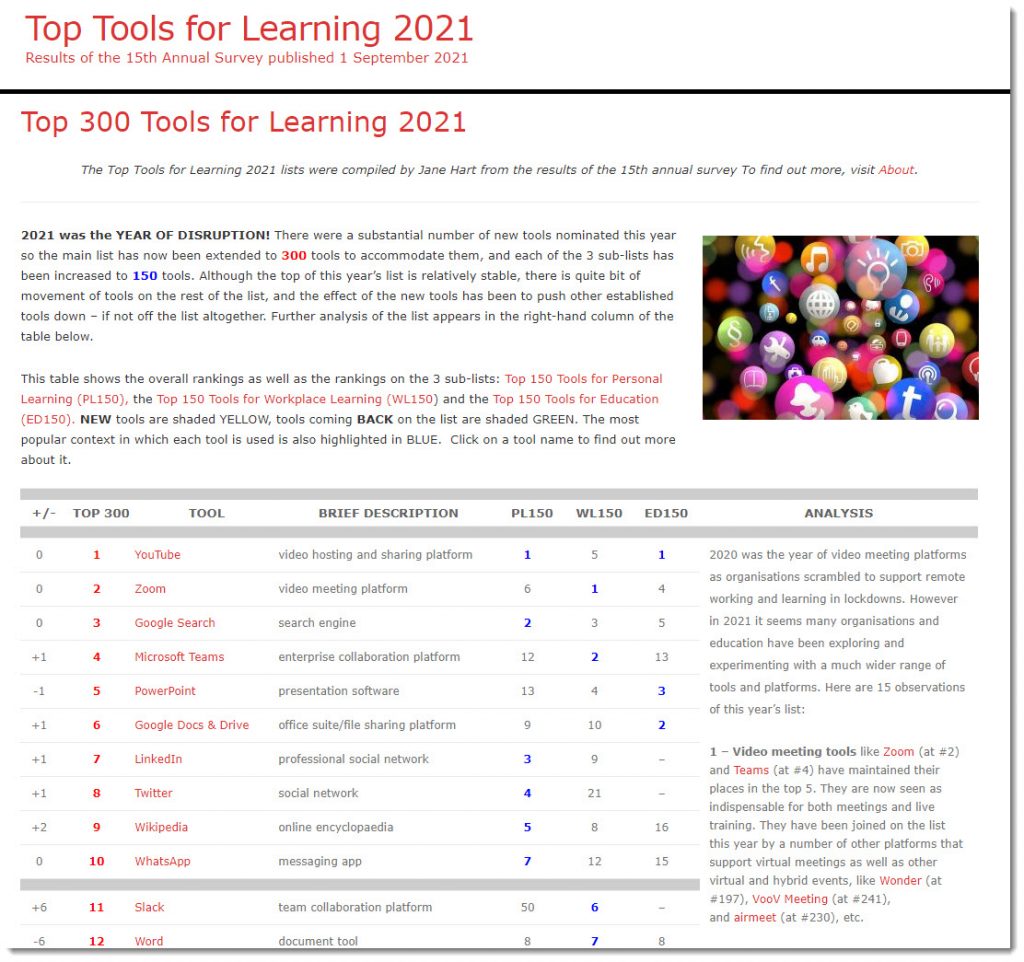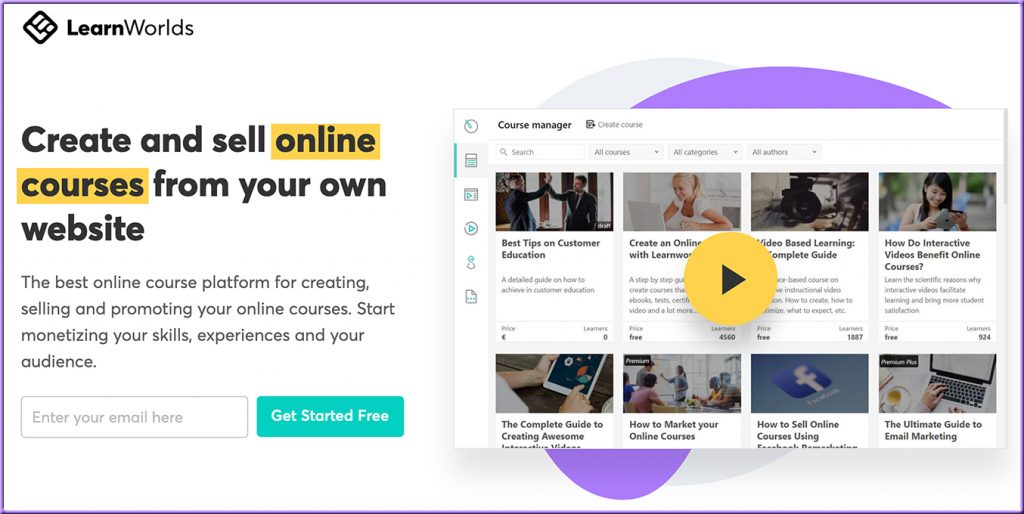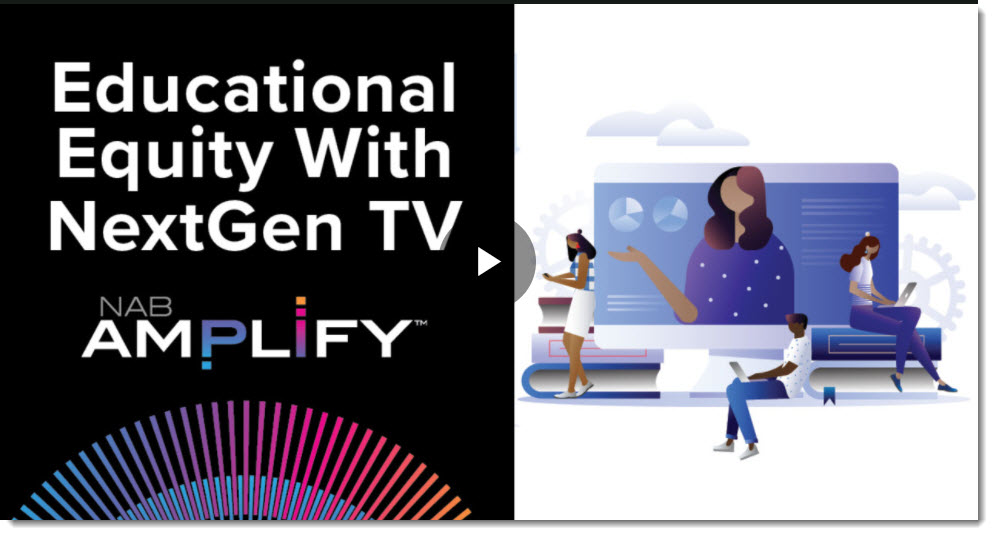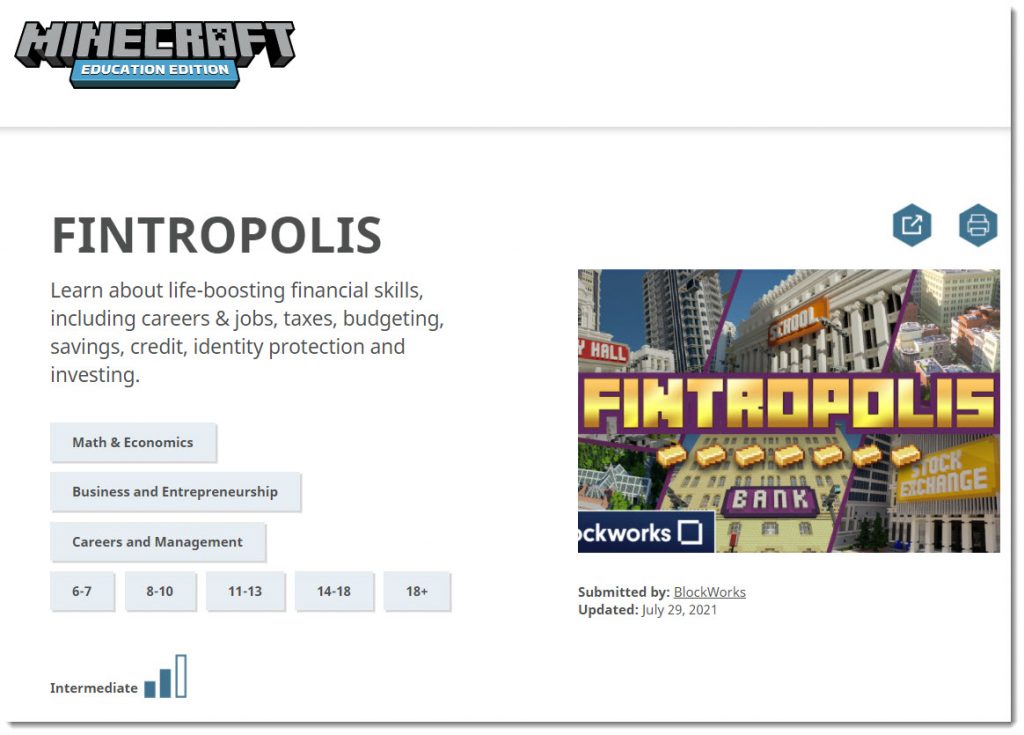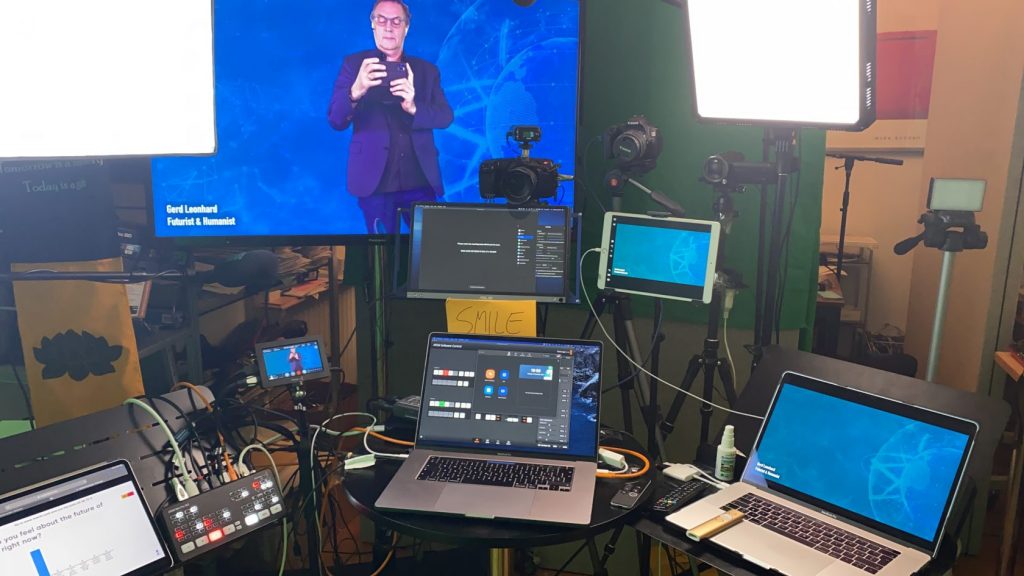Living With a Learning Disability: Challenges, Helpful Advice & Improvements — from inclusionhub.com by Meredith Kreisa
Excerpts:
While it is critical to remember that symptoms, comorbidities, and coping mechanisms vary, we’ll outline some of the challenges individuals with learning disabilities may face and highlight common strategies utilized by community members to address them.
Also see:
Improving Digital Inclusion & Accessibility for Those With Learning Disabilities — from inclusionhub.com by Meredith Kreisa
This comprehensive guide outlines common learning disabilities, associated difficulties, accessibility barriers and best practices, and more.









